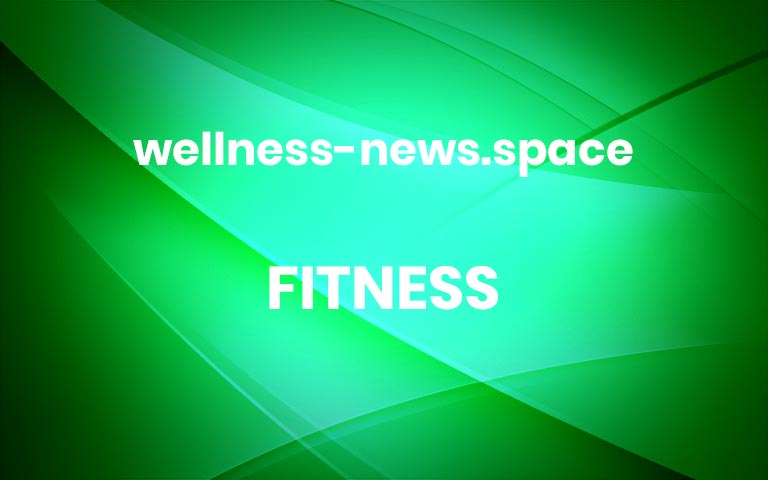Best 6 Bodyweight Bicep Exercises >> With a Pull Up Bar or Resistance Band
Having muscular arms is a sign of strength and fitness. Sporting a pair of guns is one of the easiest ways to make a big impression. Therefore, it is hardly surprising that one of the most popular gym exercises is the biceps curl. Practically everyone who holds a dumbbell in their hand for the first time instinctively does a curl. But what if you want to do a bicep workout at home without weights? Here is a list of bodyweight bicep exercises you can do at home with a pull up bar or resistance band. The best bodyweight exercises for your bicepsHere’s how to combine bicep exercises into a great home workout: Choose three of the exercises and do 8-12 repetitions. Do three sets of each exercise with 90-120 seconds of rest between sets. During isometric exercises, try to hold the position as long as possible. Repeat this three times with 90-120 seconds of rest between sets.1. Chin-upsStarting position:Grab the pull up bar with your palms facing you and your hands about shoulder width apart. Let yourself hang with your arms nearly straight. Maintain tension in your arms and shouldersHow to perform the exercise:Pull yourself up until your chin is over the bar (end position). Then lower yourself back down to the starting position in a controlled manner.2. Isometric Chin-upsStarting position:Grab the pull up bar with your palms facing you and your hands about shoulder width apart. Pull yourself up until your chin is over the bar. If you are unable to do a chin up, you can still do this exercise by using a chair or step to jump. Alternatively, and a more challenging bicep exercise, you can bend your arms until they are at a 90-degree angle.How to perform the exercise:Hold this position for as long as you can.3. Negative/eccentric Chin-upsStarting position:Grab the pull up bar with your palms facing you and your hands about shoulder width apart. Pull yourself up until your chin is over the barHow to perform the exercise:Lower yourself down into a hanging position in a slow and controlled manner. Your arms should not be completely straight in the end position. Make sure to maintain tension in your arms and shoulders in the end position.Note:If you cannot do a chin-up, you can always do the negatives. Feel free to use a chair or step to jump up. Then, perform the bicep exercise.4. Commando Chin-upsStarting position:Place your hands close together on the pull up bar. Your thumbs should be facing you and your arms should be nearly straight. Maintain tension in your arms and shoulders.How to perform the exercise:Pull yourself up with your head to the left of the bar. Try to touch the pull up bar with your right shoulder. Then lower yourself back down to the starting position in a controlled manner. Then, pull yourself up with your head to the right of the bar. Try to touch the bar with your left shoulder.5. Head Bangers (advanced exercise)Starting position:Grab the pull up bar with your palms facing you and your hands about shoulder width apart. Let yourself hang with your arms nearly straight. Maintain tension in your arms and shoulders.How to perform the exercise:Pull yourself up until your arms are bent at a 90-degree angle. While holding this position, push and pull your body back and forth in an explosive manner, as if you were trying to hit the bar with your forehead.Extra: Bicep exercise you can do at home without a pull up barWould you like to do your bicep exercises at home, but don’t have any dumbbells or a pull up bar? No sweat, all you need is a resistance band.6. Resistance Band Bicep CurlsStarting position:Sit down with your knees flexed under you, so that you are sitting on your heels. Keep your upper body tall and shoulders relaxed. Tuck the resistance band underneath your right knee and hold it with your right hand.How to perform the exercise:Pull your hand up towards your right shoulder against the resistance of the band. Your upper arm should stay stationary as you pull on the band, keeping your elbow underneath your shoulder and close to your body. Release the hold and return to the starting position. Do all repetitions on one side, then switch to the other side.If bigger, stronger arms and a stronger upper body are your goal – don’t forget to check out the best bodyweight exercises for triceps, too. For more tips on how to build muscle with bodyweight exercises check out Muscle Gain 101. Want to improve your overall strength and fitness? Find the perfect bodyweight training plan for your needs in the adidas Training app now.*** More


